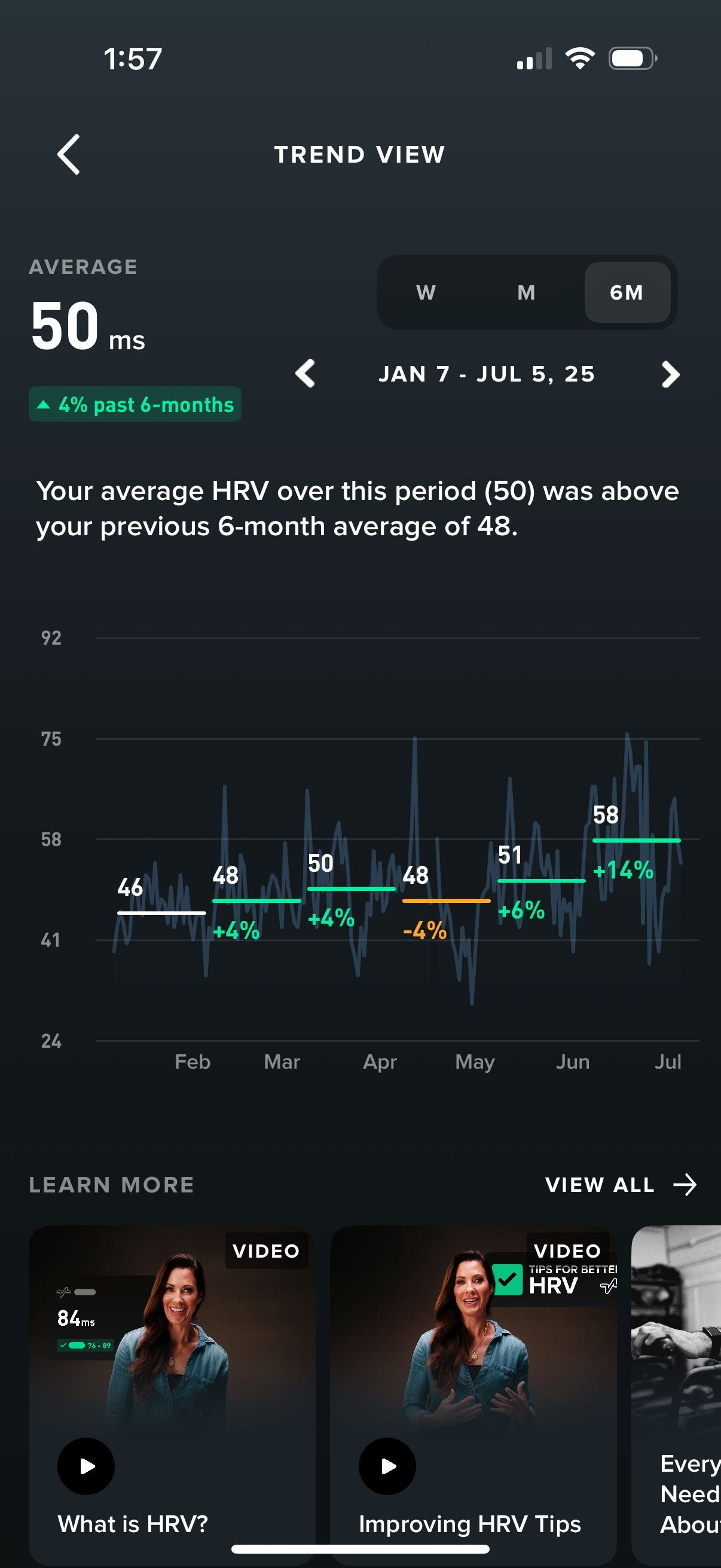Riding the Wave of Revolution: Navigating the Inevitable
Napoleon once said, "A revolution can neither be made nor stopped." This powerful statement suggests that once a revolution begins, it cannot be controlled or halted, and at the same time no “one” can actually start it. In contrast, Margaret Mead famously asserted, "Never doubt that a small group of thoughtful committed individuals can change the world. In fact, it's the only thing that ever has." At first glance, these perspectives seem contradictory. How can revolutions be both un-startable and unstoppable? If the former is true, how can they be driven by small groups of individuals? The answer lies in understanding the synergy of ideas and timing and recognizing the role of committed individuals in sparking inevitable changes.
Understanding Revolutions
Napoleon's perspective highlights the uncontrollable nature of revolutions. Once the spark is ignited, the momentum builds, often beyond the control of those who initiated it. The French Revolution is a prime example. Initially driven by efforts to address societal inequalities, it soon escalated into a force that swept across France, fundamentally transforming the nation despite attempts to manage or suppress it.
On the other hand, Mead's view emphasizes the importance of small, committed groups in initiating change. The Civil Rights Movement, led by activists like Martin Luther King Jr., demonstrates how dedicated individuals can ignite a movement that eventually becomes a powerful and unstoppable force. Their efforts catalyzed significant social change, proving that a small group can indeed change the world.
The Coalescence of Momentum
Revolutions gain unstoppable momentum when the right ideas meet the right time. This is not only true for political and social movements but also for scientific revolutions. Take the development of CRISPR technology, for instance. Jennifer Doudna and Emmanuelle Charpentier are often credited with pioneering CRISPR, but bioengineer Feng Zhang and geneticist George Church also made significant contributions around the same time. The convergence of multiple scientists working towards similar breakthroughs independently highlights how timing and synergy can propel scientific revolutions forward. Similarly, calculus was independently discovered by both Newton and Leibniz, showing how revolutionary ideas often emerge simultaneously in different parts of the world.
Once enough circumstances align, revolutions seem inevitable. The Industrial Revolution, driven by technological innovations and economic needs, is a prime example. The collective advancements in machinery, transportation, and communication created a momentum that fundamentally transformed societies. Dedicated individuals, like the Enlightenment thinkers, played crucial roles in shaping these movements by influencing societal changes that paved the way for various revolutions.
Understanding these macro trends and the environment is crucial for business leaders. Warren Buffett's quote, "When a management with a reputation for brilliance tackles a business with a reputation for poor fundamental economics, it is the reputation of the business that remains intact," underscores the importance of aligning with macro trends. Brilliant managers can shape the market and the future, but mostly in the direction it is already heading. For instance, Apple's alignment with the tech boom under Steve Jobs showcases how businesses can ride the wave of industry trends to achieve success.
So, what can we learn from these patterns? Here are some strategies for individuals and businesses to leverage inevitable changes:
- Identify Emerging Trends Early: Stay informed about macro trends and emerging technologies. This helps in positioning yourself or your business ahead of the curve.
- Invest in Innovation and Adaptability: Continuously innovate and adapt to changing environments. Flexibility and a forward-thinking approach can turn potential disruptions into opportunities.
- Balance Control and Letting Go: Learn to navigate the balance between steering efforts and riding the wave of momentum. This involves knowing when to take decisive action and when to let the natural course of events unfold.
Both Napoleon's and Mead's quotes highlight different aspects of revolutions and changes. While revolutions are unstoppable once they begin, they are often initiated by small groups of thoughtful, committed individuals who lean into preexisting trends. Recognizing when to lead and when to ride the wave is crucial in both personal and professional contexts, ensuring not only our success but also our sanity.











